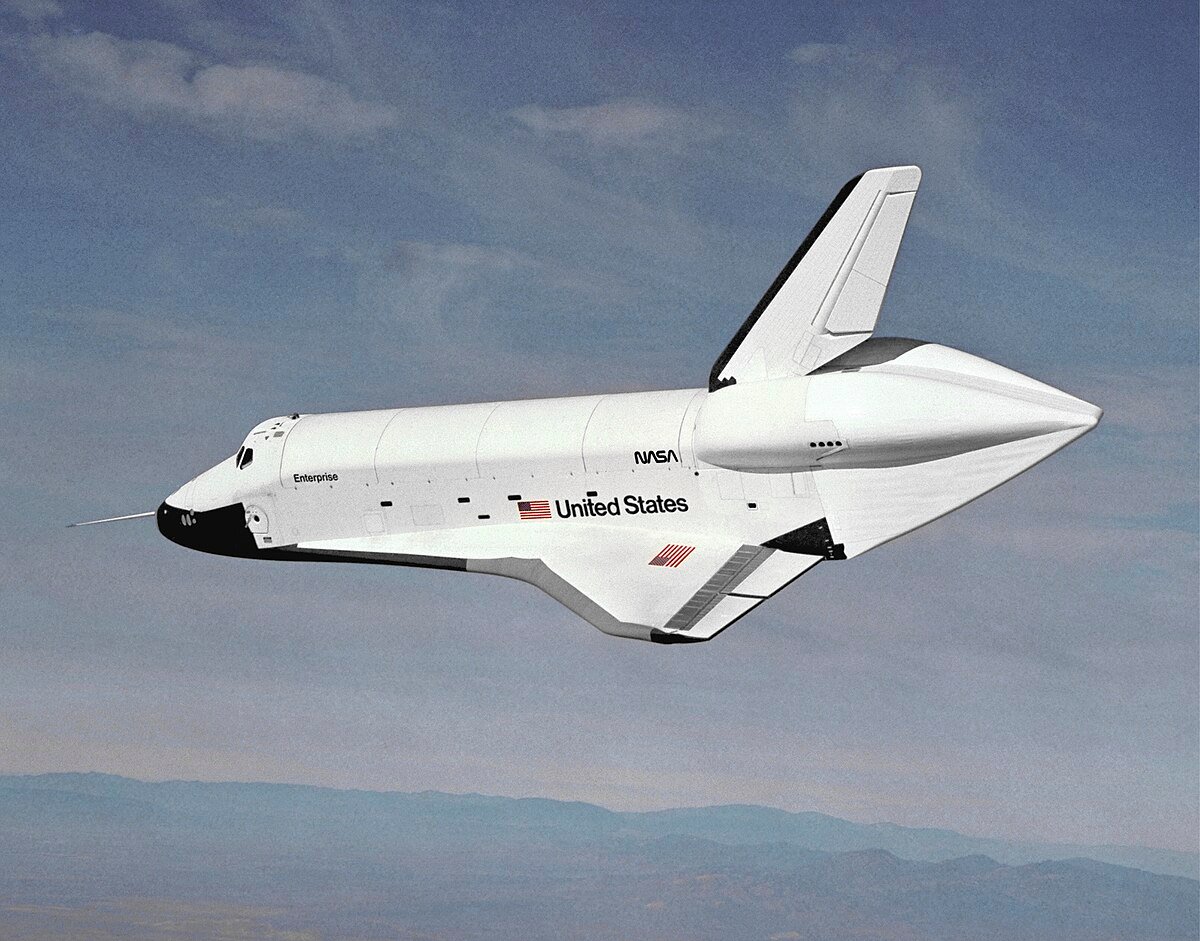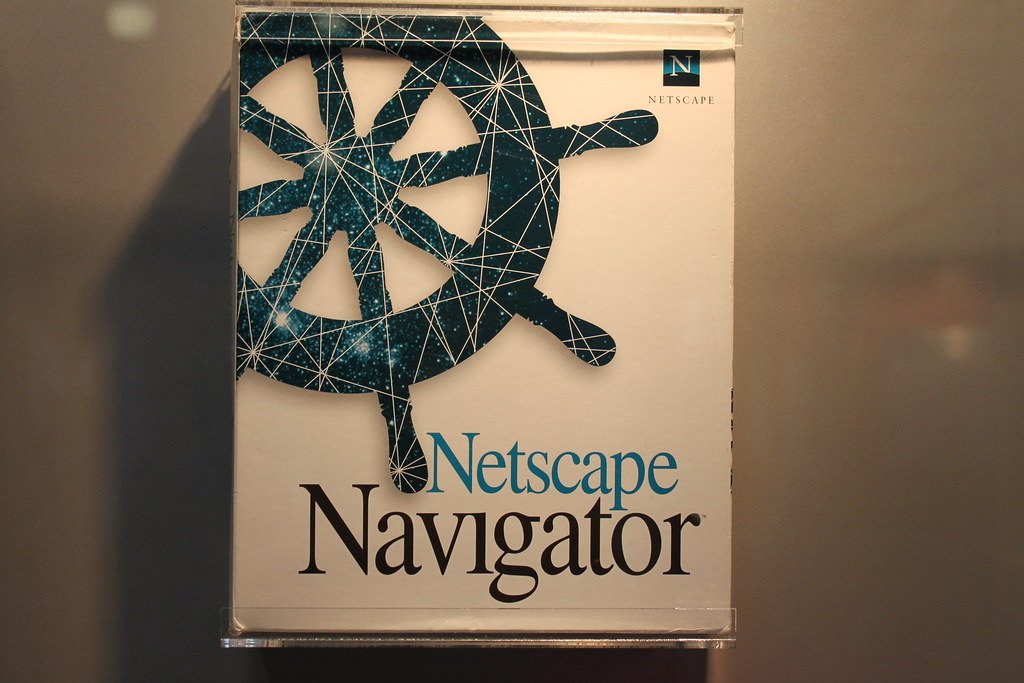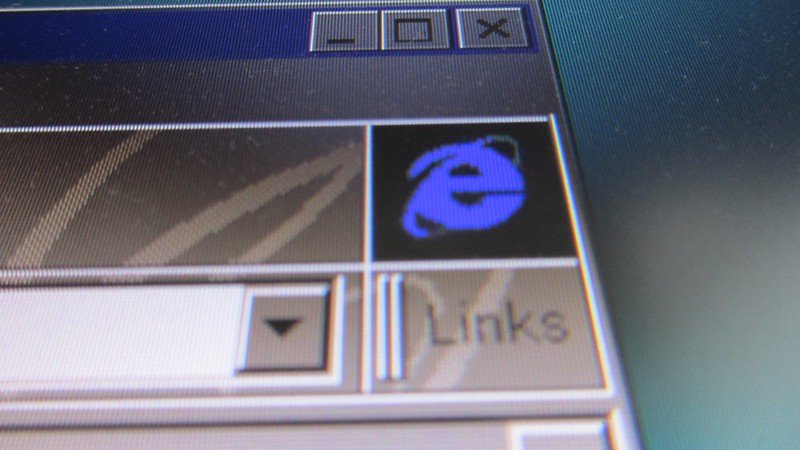In the ever-expanding landscape of technology, the Internet stands as a monumental achievement, transforming the way we communicate, share information, and conduct business. This journey of interconnected networks traces its roots back to the visionary concepts of individuals like J.C.R. Licklider in the 1960s, who imagined a global computer network facilitating seamless communication. The pivotal moment came with the creation of ARPANET in 1969 by the U.S. Department of Defense’s Advanced Research Projects Agency (ARPA), marking the beginning of the Internet era.
ARPANET was more than just a network; it was a groundbreaking experiment in packet switching, a revolutionary concept that allowed data to be broken down into packets for efficient transmission. The 1970s saw the development of the Transmission Control Protocol (TCP) and Internet Protocol (IP) by Vinton Cerf and Robert Kahn, establishing the fundamental protocols of the Internet known as TCP/IP. This standardized framework enabled different networks to communicate, forming the backbone of the interconnected web we know today.
Ethernet, developed by Bob Metcalfe, played a crucial role in local area networks (LANs), connecting computers within a confined space and contributing to the Internet’s growth. The introduction of the Domain Name System (DNS) and email protocols in the 1980s facilitated more straightforward navigation and communication across the evolving digital landscape.
Table of Contents
The 1990s witnessed the commercialization of the Internet and the emergence of the World Wide Web, developed by Tim Berners-Lee. This period marked a turning point as the Internet became accessible to a broader audience. The subsequent decades saw advancements like broadband Internet, mobile connectivity, and the rise of the Internet of Things (IoT), further solidifying the Internet’s role as an indispensable tool in our daily lives.
Join us on a journey through the history of the Internet, exploring its key milestones and the visionaries who shaped its evolution. From the early days of ARPANET to the dynamic, interconnected world of today, the Internet’s transformative impact continues to redefine how we connect, collaborate, and navigate the digital realm.
When was the birth of the Internet?
The birth of the Internet can be traced to the development of ARPANET, a project initiated by the U.S. Department of Defense’s Advanced Research Projects Agency (ARPA). On October 29, 1969, the first message was transmitted over ARPANET, connecting computers at UCLA and the Stanford Research Institute. This event is often considered the official birth of the Internet.
ARPANET introduced revolutionary concepts such as packet switching, where data is divided into packets for efficient transmission, and it laid the groundwork for the standardized protocols TCP (Transmission Control Protocol) and IP (Internet Protocol). These protocols became the foundation of the Internet, enabling different networks to communicate with each other. The subsequent decades witnessed the expansion and commercialization of the Internet, leading to the interconnected and globally accessible network we rely on today.
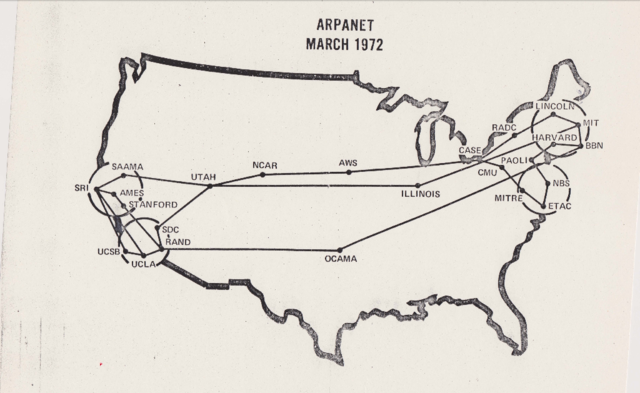
What was the idea to birth the Internet?
The birth of the Internet was driven by the visionary idea of creating a global network that could facilitate seamless communication and resource sharing. In the 1960s, J.C.R. Licklider conceptualized an “Intergalactic Computer Network,” envisioning a world where computers could be interconnected to exchange information rapidly. This idea gained traction when Licklider took the helm of the Information Processing Techniques Office (IPTO) at the U.S. Department of Defense’s ARPA. The subsequent creation of ARPANET in 1969 marked the practical realization of this vision. ARPANET’s adoption of packet switching, coupled with the development of TCP/IP protocols by Vinton Cerf and Robert Kahn, laid the foundation for a standardized, global communication network. The Internet’s inception was rooted in the pursuit of efficient information exchange and collaboration, evolving into the transformative force that shapes modern connectivity.
Who used the Internet first?
The Internet’s early use can be traced back to the scientific and academic communities in the late 1960s and early 1970s. The first substantial use occurred with the development of ARPANET (Advanced Research Projects Agency Network), a project initiated by the U.S. Department of Defense’s ARPA. On October 29, 1969, the first message was sent over ARPANET between computers at UCLA and the Stanford Research Institute, marking a significant milestone.
Initially, the Internet was primarily utilized by researchers, scientists, and academics to share information and resources. The utilization of the Internet expanded gradually as more universities and research institutions joined the network. Over time, the Internet evolved into a global communication tool, reaching broader audiences and eventually becoming an integral part of everyday life for people worldwide.
Web Genesis: Unveiling the Birth of the Internet
The birth of the Internet is a complex and multifaceted story that spans several decades and involves the contributions of many individuals and organizations. Here’s a detailed overview of the key developments that led to the creation of the Internet:
Early Precursors (1960s)
In the 1960s, the seed of the Internet was planted with the visionary ideas of American psychologist J.C.R. Licklider. He conceptualized a “global communication network,” coined as the “Intergalactic Computer Network” in a series of memos. Licklider’s vision revolved around creating a seamless, globally interconnected system of computers capable of rapid information and program sharing. His groundbreaking ideas gained momentum when, in 1962, Licklider assumed leadership of the newly established Information Processing Techniques Office (IPTO) at the U.S. Department of Defense’s Advanced Research Projects Agency (ARPA). This pivotal role allowed him to translate his visionary concepts into tangible initiatives, setting the stage for the birth of the Internet and laying the foundation for the interconnected digital world we know today.
ARPANET (1969)
The birth of the Internet can be traced to the development of ARPANET by the U.S. Department of Defense’s ARPA. Created as a practical solution to facilitate communication and resource sharing among researchers, ARPANET laid the groundwork for the interconnected web we know today. On October 29, 1969, a historic milestone marked the initiation of the Internet era – the first message traversed the ARPANET between computers at UCLA and the Stanford Research Institute. This groundbreaking event is widely acknowledged as the birth of the Internet, symbolizing the dawn of a new era in global communication. The successful transmission underscored the potential of a networked world, paving the way for subsequent innovations and advancements that would shape the digital landscape for decades to come.
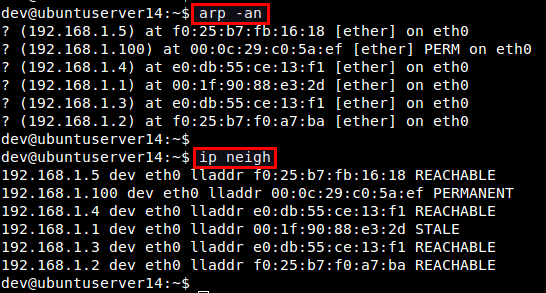
Packet Switching and TCP/IP (1970s)
The birth of the Internet was marked by groundbreaking concepts and protocols that laid the foundation for its development. ARPANET, the precursor to the Internet, introduced the revolutionary idea of packet switching in the late 1960s. This innovation involved breaking down data into packets for efficient transmission over the network, enabling faster and more reliable communication.
In the 1970s, Vinton Cerf and Robert Kahn played pivotal roles in shaping the architecture of the Internet. They developed the Transmission Control Protocol (TCP) and Internet Protocol (IP), collectively known as TCP/IP. This protocol suite became the backbone of the Internet, offering a standardized and universally accepted method for different networks to communicate seamlessly. The implementation of TCP/IP was a watershed moment, providing a robust framework that allowed the Internet to grow and evolve into the global and interconnected network we rely on today.
Ethernet and Local Area Networks (1970s)
In the 1970s, Ethernet, a pivotal development by Bob Metcalfe at Xerox PARC, revolutionized computer networking. This groundbreaking technology facilitated the interconnection of multiple computers within a confined space, giving rise to what we now know as Local Area Networks (LANs). Ethernet’s significance lies in its ability to enable seamless communication and resource-sharing among interconnected computers. By utilizing a protocol for packet-switching, Ethernet efficiently transmitted data, allowing for faster and more reliable connections.
This innovation became a cornerstone in the expansion of networking capabilities, fostering collaboration and information exchange within organizational settings. LANs empowered businesses and academic institutions by facilitating the sharing of resources such as files and printers, marking a crucial milestone in the evolution of computer networks. Ethernet’s enduring legacy persists today as an integral component of modern networking technologies, underpinning the interconnected nature of the global digital landscape.
DNS (Domain Name System) and Email (1980s)
The evolution of the Internet continued with crucial developments like the introduction of the Domain Name System (DNS), a pivotal innovation that simplified web navigation. Implemented to translate human-readable domain names into corresponding IP addresses, DNS became instrumental in transforming the Internet into a user-friendly space. This system allowed individuals to access websites seamlessly by replacing complex numerical IP addresses with more intuitive domain names.
Simultaneously, the development of email protocols played a transformative role in electronic communication across the network. SMTP (Simple Mail Transfer Protocol) emerged as a fundamental protocol for sending and receiving emails. This breakthrough facilitated efficient and standardized communication over the Internet, laying the groundwork for the expansive and interconnected digital communication landscape we experience today. Together, DNS and email protocols significantly contributed to the Internet’s accessibility and usability, shaping it into a powerful tool for global information exchange and collaboration.
Commercialization and the World Wide Web (1990s)
In 1989, Tim Berners-Lee, while at CERN, conceptualized and developed the World Wide Web, a groundbreaking system aimed at organizing and sharing information across the burgeoning Internet landscape. His invention laid the foundation for the web’s explosive growth. Two years later, in 1991, the first-ever website went live, marking a historic moment in the history of the Internet.
The 1990s witnessed an unprecedented surge in Internet usage, characterized by the commercialization of the web and the emergence of Internet Service Providers (ISPs). As businesses and individuals flocked to the online sphere, ISPs played a pivotal role in providing access to this digital frontier. This era set the stage for the Internet’s integration into mainstream culture, transforming it from a niche tool for academics and researchers into an indispensable part of global communication and commerce.
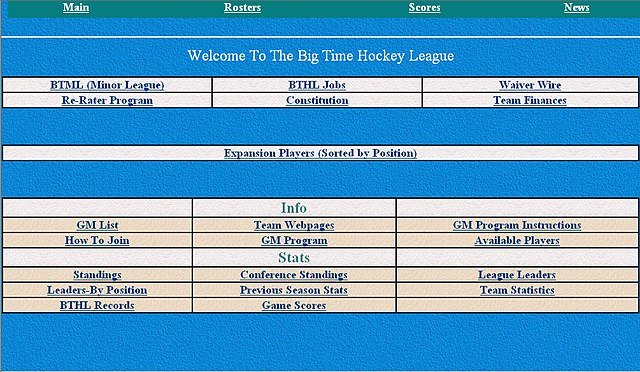
Broadband and Global Expansion (2000s)
During the 2000s, the Internet underwent a transformative phase marked by the widespread adoption of broadband technology. This innovation revolutionized the online experience, offering users faster and more reliable connections. The advent of broadband facilitated seamless streaming, quicker downloads, and enhanced overall Internet performance, significantly impacting user engagement.
Simultaneously, the Internet’s global expansion accelerated, fostering connectivity on an unprecedented scale. Communities around the world became interlinked, transcending geographical boundaries. The Internet ceased to be a mere tool; it evolved into an indispensable aspect of everyday life. From communication and commerce to entertainment and education, the Internet’s pervasive influence reshaped how individuals interacted with information and each other. This era laid the foundation for the interconnected world we inhabit today, where the Internet continues to be an integral and transformative force in shaping our daily lives.
Mobile Internet and Beyond (2010s – Present)
The advent of smartphones and mobile devices revolutionized Internet access, giving users the ability to connect on the go. This heralded the era of the mobile Internet, transforming how people interact with information and services. As these devices became ubiquitous, the Internet seamlessly integrated into our daily lives, enabling communication, entertainment, and productivity on a portable scale.
Looking forward, the evolution of the Internet is propelled by ongoing innovations. The Internet of Things (IoT) is connecting an increasing array of devices, from household appliances to industrial machinery, creating a network of interconnected “smart” objects.
Additionally, the deployment of high-speed 5G networks is a game-changer, promising faster and more reliable connectivity. These developments are set to redefine how we experience the Internet, fostering a new era of connectivity, efficiency, and possibilities.
The birth of the Internet is a testament to collective innovation and progressive advancements, with a myriad of contributors shaping its evolution. Pioneered by visionaries like J.C.R. Licklider in the 1960s, the creation of ARPANET marked a crucial milestone, initiating the interconnected network that would transform global communication. The subsequent development of protocols like TCP/IP by Vinton Cerf and Robert Kahn provided a standardized foundation, fostering seamless interaction among diverse networks.
Ethernet’s introduction in the 1970s, coupled with the Domain Name System (DNS) and email protocols in the 1980s, solidified the Internet’s expansion. The 1990s witnessed its commercialization and the advent of the World Wide Web, revolutionizing accessibility. Today, ongoing innovations, such as mobile Internet and the Internet of Things, reflect the Internet’s continuous evolution, profoundly influencing how we communicate, collaborate, and access information in the modern era.



